The westward Road of Coffee producing areas in Ethiopia-the rise of Agaro producing areas
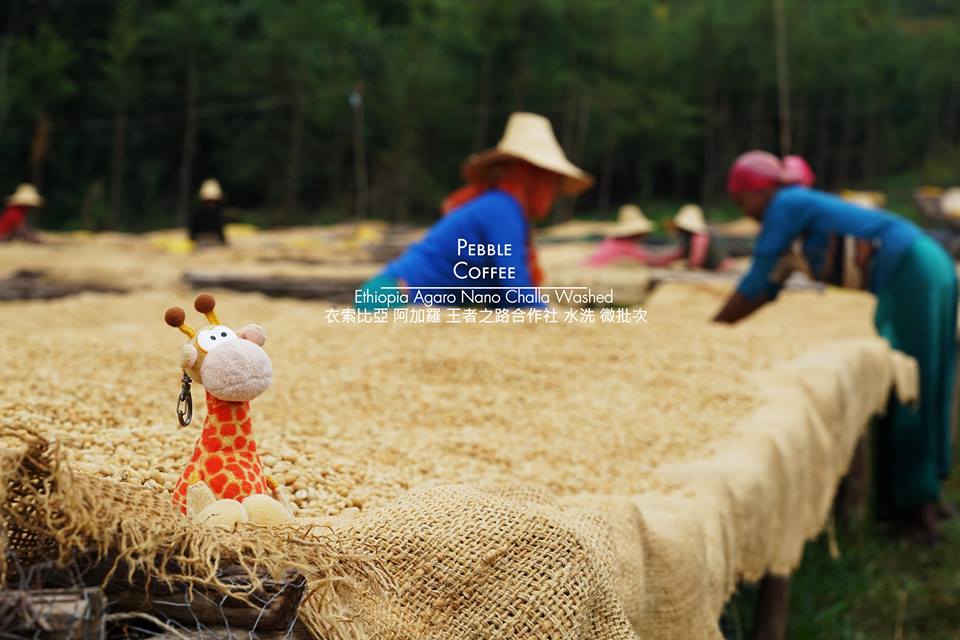
For professional baristas, please follow the coffee workshop (Wechat official account cafe_style)
A New Chapter of Ethiopian Coffee-- Western producing areas
What we want to share with you is not just a bean, a flavor or a story, we want to join you in a new chapter in Ethiopia, that is, the westward journey, especially the rise of Agaro producing areas. Two other key trends that we have been observing and pursuing over the past few years, one is the rise of Guji producing areas, and the other is the development of the single farm system. This year seems to be a year when these two trends blossom and bear fruit. I believe that from this year's flavor and products, we all have a deep feeling. The last trend, which is also the longest and the most difficult to change, must be ploughed deep into the westward path of Ethiopian boutique coffee for each small farmer.
In the coffee world, it is almost a recognized secret that the unique position of Ethiopian coffee comes in large part from the variety advantage of its place of origin, but if the origin of the world coffee (in this case only Arabica) is in Ethiopia, then Ethiopian coffee originated in the southwest, in the Kafa forest or near the border with South Sudan, in short, in the western half. It is not surprising that one of the priorities of the next generation will return to the western producing areas of Ethiopia.
If we trace the context of Ethiopia and the third wave of boutique coffee, we can actually find that before the third wave of boutique coffee, Ethiopia has a place in the coffee industry because of its strong variety and geographical advantages. Sidamo, Yega Schiffe, Hara, Lim and so on are all familiar names. After the beginning of the third wave, many government aid programs (such as USAID) and non-governmental organizations (i.e. NGO, such as the most important TechnoServe) worked together with raw bean merchants and cooked bean merchants. The most important area selected at the beginning was Yega Snow. The Red Cherry Project was also a product of this period, and this region participated in the project's regional cooperatives. (for example, Ediot Co-operative, Waka, Biloya Cooperative, Hofsa Cooperative … As a result, it became famous and blossomed into the establishment of the Yega Chet Coffee small Farmers Cooperative Union (YCFCU), which laid the foundation for the unshakable position of the Yega Chet Coffee producing area in the boutique coffee industry for decades to now. In the initial stage, the development of water washing treatment is still given priority to, because the introduction of foreign technology, especially the cause control of water washing treatment has the most immediate effect, in addition to the improvement of quality, it can also increase the income of small farmers on a large scale. With the introduction of new machines, the education and training of picking ripe red cherries, the floating operation of unripe beans supplemented by water washing, and the variable control of the fermentation tank operation, cleanly treated coffee can be obtained. this can immediately show strong strength in Ethiopia, which has a unique advantage.
In the second stage, if you still remember, around 2006 and 2007, Bagersh was determined to revitalize the traditional tanning treatment method in Ethiopia. The first batch of Idido Misty Valley caused a hot sale, and the series of Aricha, Beloya and Ambassa, which cooperated with NINETYPLUS at the same time, were even more popular. At this point, Yega Xuefen's leadership position is fully established.
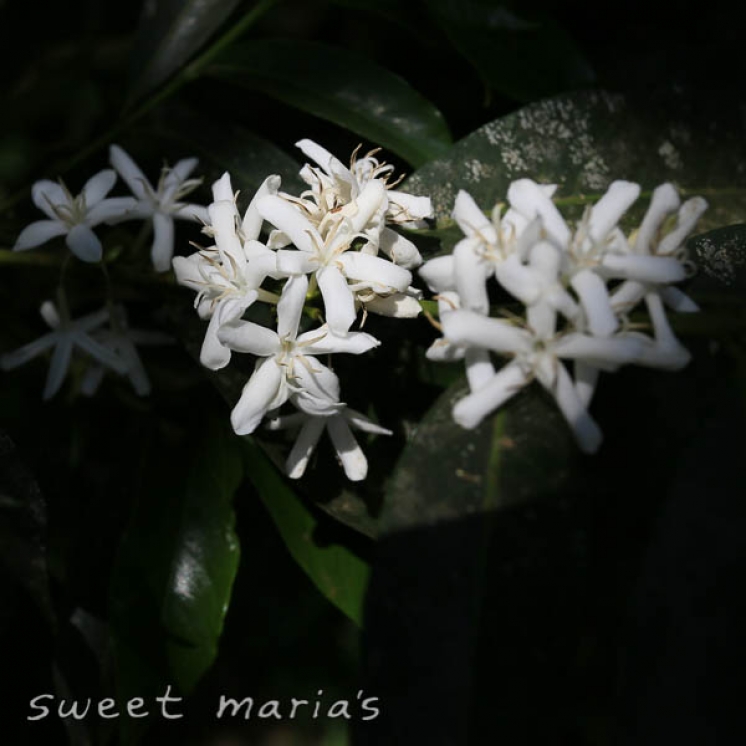
The rise of Agaro producing areas in Ethiopia Ethiopia Agaro Goma
While the development of Yega Xuefen has reached a phased task, people with lofty ideals (mainly TechnoServe), with successful experience, look at Ethiopia's vast fertile coffee shrine and finally cross the Great Rift Valley (Rift Valley) to the west. Techno Serve replicates its past successful experience, and mainly makes a lot of changes in the details of the treatment method on the basis of Yega Xuefe. The first step is to improve the quality of washing in the past 10 years or so. In recent years, Nano Challa, Duromina, Yukuro, Hunda Oli and Biftu Gudina are famous cooperatives in Agaro, which is almost a place for European and American buyers to compete.
In the past few years, the Jimma district on the west side of Ethiopia, around the town of Agaro, is probably the most internationally watched producing area after YirgaCheffe. TechnoServe, an established non-profit organization, has helped set up a number of cooperatives locally, providing financial and technical support, with the goal of enabling cooperatives to operate independently without outside support. This model, coupled with the unique variety around the town of Agaro, has created many well-known cooperatives. As mentioned above, almost all the local coffee is collected in the semi-wild primitive forest, and the location of the cooperative has a lot to do with the varieties of coffee cherries harvested. Unlike most other producing areas, even different cooperatives in the same town have considerable diversity in flavor!
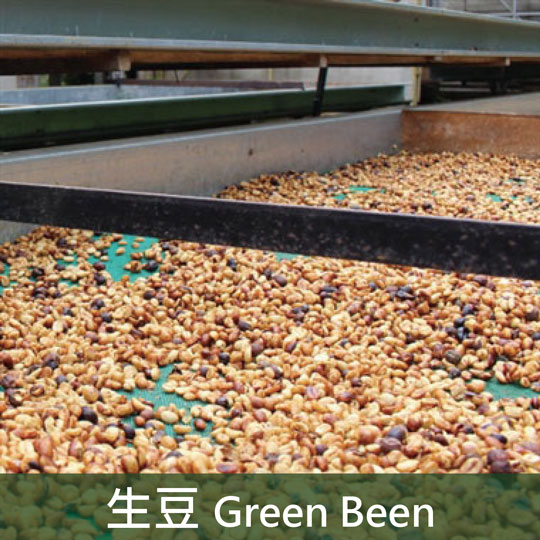
Introduction of Duromina Cooperative of Agaro de Remira Cooperative
Duromina is located in the Goma Woreda area of Jimma province in western Ethiopia, slightly between 1900 and 2100 metres above sea level. This year's EAFCA conference in Addis Ababa, the capital of Ethiopia, was an event that made Duromina shine, and even compared with the top boutique coffee selected by many East African coffee-producing countries, Duromina still scored quite good cup test scores in this cup test competition.
The Duromina cooperative is one of the most successful examples of TechnoServe locally. Founded in 2010, it swept all countries with unique and excellent quality. in the first year, it paid off the loans and greatly improved the infrastructure of the village, and the income of farmers doubled. By this year, a third washing treatment plant is being planned, which can deal with the purchase of more Agaro excellent coffee cherries!
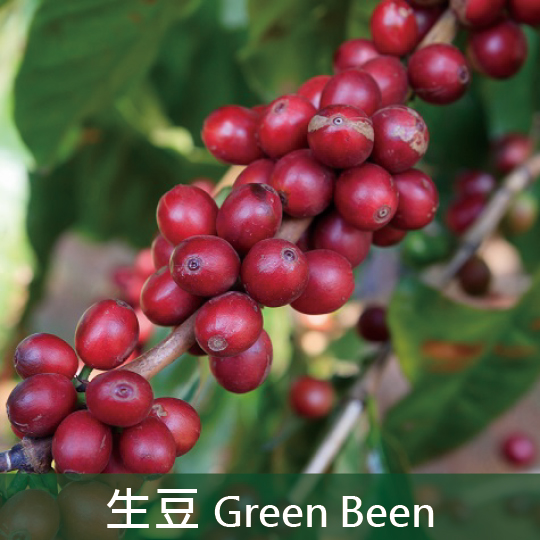
Description of the flavor of Agaro de Remira Cooperative
The first part is the flavor and bright acid value of lemon, citrus and cranberry, followed by fresh blueberries, peaches and orange blossoms, and the finish is Earl black tea, honey sweetness and frangipani, with sweet fruit aromas and smooth texture.
Coffee file
The country
Producing area
Altitude
Treatment mode
Variety
Win a prize
Ethiopia
Goma Woreda, Agaro, Jimma
About 1900 to 2100 meters
Water washing
Primary species
Taste of Harvest champion
Important Notice :
前街咖啡 FrontStreet Coffee has moved to new addredd:
FrontStreet Coffee Address: 315,Donghua East Road,GuangZhou
Tel:020 38364473
- Prev
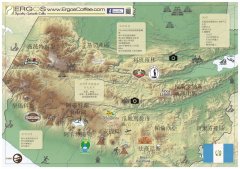
Unique Water washing, fermentation, Solar and low temperature drying treatment for Information material of Vescaya Manor in Guatemala
For the exchange of professional baristas, please follow the coffee workshop (Wechat official account cafe_style) Vescaya Manor (Guatemala Vizcaya) Vescaya Manor in Guatemala. Vescaya Coffee Manor is located in the earliest production area in Guatemala and has been famous for its high quality coffee for two hundred years. The coffee at Wiskaya Manor stretches from 1300 meters to 1800 meters above sea level.
- Next
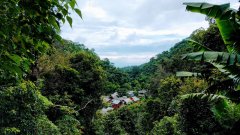
Introduction to the Development of Coffee in Chiang Mai, Thailand description of the flavor of coffee beans treated with Qingmai honey in Thailand
Professional baristas please follow the coffee workshop (Wechat official account cafe_style) Coffee Story in Chiang Mai, Thailand, located in Chiang Mai in northern Thailand, is one of the popular tourist hotspots in recent years. What tourists like is not only the Buddhist temples with rich history and beautiful scenery, but also the product of the local leisurely life culture-coffee. Based on the proximity of Thailand's second largest city
Related
- Detailed explanation of Jadeite planting Land in Panamanian Jadeite Manor introduction to the grading system of Jadeite competitive bidding, Red bid, Green bid and Rose Summer
- Story of Coffee planting in Brenka region of Costa Rica Stonehenge Manor anaerobic heavy honey treatment of flavor mouth
- What's on the barrel of Blue Mountain Coffee beans?
- Can American coffee also pull flowers? How to use hot American style to pull out a good-looking pattern?
- Can you make a cold extract with coffee beans? What is the right proportion for cold-extracted coffee formula?
- Indonesian PWN Gold Mandrine Coffee Origin Features Flavor How to Chong? Mandolin coffee is American.
- A brief introduction to the flavor characteristics of Brazilian yellow bourbon coffee beans
- What is the effect of different water quality on the flavor of cold-extracted coffee? What kind of water is best for brewing coffee?
- Why do you think of Rose Summer whenever you mention Panamanian coffee?
- Introduction to the characteristics of authentic blue mountain coffee bean producing areas? What is the CIB Coffee Authority in Jamaica?

